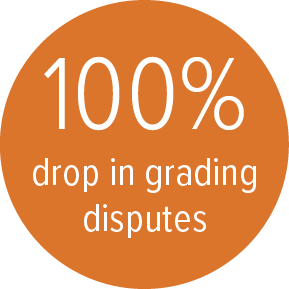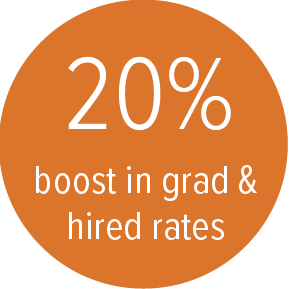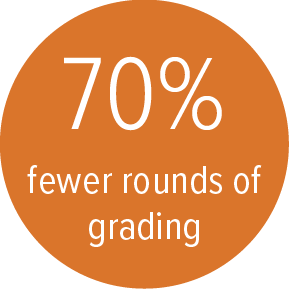UX Design Optimization
FRAMEWORKS: ADDIE, SAM, AND BACKWARD DESIGN
Goal: Reskill beginners into job-ready UX Design professionals using iterative, learner-centered design
Outcomes: Increased graduation and hiring rates, improved student pace and portfolio quality, and enhanced satisfaction for students and educators.
This project is under NDA, so I can’t share deliverables. Below, I’ve outlined my role, process, and results.
PROJECT SNAPSHOT
Role
Lead Instructional Designer, Project Manager, Product Manager, Editor
Project
UX Design Program Optimization
Program Length
6-9 months
Program Goal
Reskill beginners into job-ready UX Design professionals
Project Duration
6 months (across two phases)
Stakeholders
VP of Education Operations, Director of Program Operations, Head of Instructional Design, Program Manager, Immersion Program Manager, Career Services
Tools & Platforms
Custom LMS (GitHub), Looker, Slack, Zoom, Microsoft Office Suite, SharePoint, Atlassian Confluence, Jira
Job Guarantee
Students would receive a tuition reimbursement if they did not get a job within six months of graduating
PROBLEM
The program scaled 3X+, but the curriculum and support model lagged:
Curriculum bloated from years of piecemeal edits
Poor portfolio quality blocked graduation and hiring
Students lacked visual design skills but portfolios required them
Students struggled with coding requirements
Inconsistent grading caused long cycles (10+ rounds) and 20+ disputes per month
Educator training didn’t scale with enrollment
Result: Portfolio bottlenecks, student dropouts, lost revenue, and growing dissatisfaction, all under a job guarantee that required high standards.
PROCESS
Analysis (ADDIE / Backward Design):
Reviewed curriculum to identify gaps in skills, portfolios, and educator training
Conducted stakeholder and educator interviews to prioritize interventions
Design & Development (SAM & ADDIE):
Applied iterative design cycles for Phase 1 quick fixes and Phase 2 structural upgrades
Used RICE prioritization to sequence improvements within resource constraints
Focused on learner-centered, performance-driven solutions
Implementation (ADDIE):
Partnered with educators and operational teams to roll out curriculum changes, new tools, and grading processes
Delivered changes on time while maintaining quality standards
Evaluation & Iteration (SAM):
Monitored portfolio disputes, graduation rates, and student pacing
Used feedback to refine curriculum structure and educator support
Continuous iteration ensured solutions aligned with learner and business goals
SOLUTIONS
Phase 1: Fast Fixes Within Existing Resources (tested and iterated rapidly within existing constraints)
Removed outdated content and curriculum bloat
Cut HTML/CSS/JS portfolio coding requirements
Provided free access to a leading portfolio platform
Created a 75-item rubric to align students and graders
Phase 2: Structural Curriculum Upgrades (refined through stakeholder feedback and iteration cycles)
Introduced visual design training
Allowed earlier portfolio building
Provided exemplars and trained a dedicated grading team
Gave students freedom to choose portfolio platforms
OUTCOMES
Portfolio grading disputes dropped from 20/month to 0
Grading rounds reduced from 10+ to just 3
Student pace increased by 10% after Phase 1
Graduation and hiring rates improved by 20%
Portfolio quality and student satisfaction improved significantly
Leadership allocated resources for a full program redesign based on demonstrated impact
By combining ADDIE analysis, SAM iterative cycles, and backward design thinking, the program achieved measurable improvements in learner outcomes and operational efficiency.


